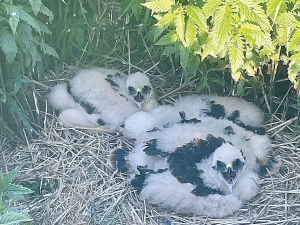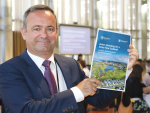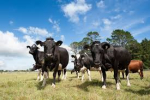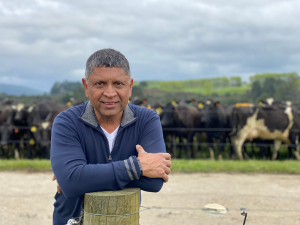New Zealand’s freshwater management policies have long been focused on nitrogen and other contaminant limits, but DairyNZ says with freshwater reform underway, there is an opportunity to shift towards more of a focus on stream health.
While reducing the loss of nitrogen, phosphorus, and sediment to our waterways from farming activities is important, this narrower focus risks missing the bigger picture: the health of our freshwater streams depend just as much, if not more, on enhancing habitat, biodiversity, and re-instating more natural-like processes.
The science shows – and DairyNZ agrees – that New Zealand needs to rebalance its thinking from an exclusively mitigative approach to one that includes restoration and rehabilitation. That means investing in riparian planting, wetland restoration, and biodiversity corridors.
Restorative actions not only reduce contaminants but also build up the ecological integrity of our waterways, DairyNZ says, allowing native flora and fauna to thrive, which is the ultimate sign of healthy streams and riparian areas.
The power of riparian planting
Riparian planting is one of the most effective tools we have, and while many waterways have been planted, there is opportunity for much more.
Riparian planting stabilises stream banks, reduces sediment runoff, and creates habitat for native species. It provides shade, which makes a big difference to stream temperature – for example, peak summertime temperatures in small pastoral streams can be 10-12°C warmer than a similar size forest stream (i.e. 18-20 vs 30°C).
Many of our native fish cannot thrive in water warmer than 25°C, and so if stream water is too warm, then the only way to cool it is to shade it – no amount of contaminant reductions will fix this.
Small streams make up 75–80% of our stream network and are especially important. They respond quickly to restoration, support key species like banded kōkopu and tuna (eels), and influence the health of larger downstream waterways.
The science of shade is clear
Just 1km of riparian planting can cool a stream by 5°C – a powerful, nature-based solution. “The science of shading is more robust than the science of contaminant, such as N limit setting,” says Dr Craig Depree, DairyNZ principal water quality scientist.
Waikato Regional Council research from 2022 confirms that there is only a weak relationship between nutrient concentrations and important measures of ecosystem health, such as aquatic insects.
In contrast, habitat quality, stream temperature, and biodiversity are far more reliable indicators of freshwater vitality.
Policy focus on outcomes
DairyNZ says it has been active in representing its science-backed policy recommendations to government during the National Policy Statement for Freshwater Management (NPSFM) review in 2025.
Nitrogen (N) in NZ waterways accounts for just a small slice of ecosystem health, says Dr David Burger, a freshwater scientist and GM farm solutions and policy at DairyNZ.
“In my opinion, we are far too focused on N in our policy frameworks in New Zealand. Through our engagement in the current policy reform, we’re advocating for a move away from a rigid focus on numerical nutrient limits, toward a smaller set of compulsory attributes centred on human and ecosystem health,” says Burger.
Among other things, DairyNZ is seeking a freshwater management framework that supports the work of catchment groups, who have demonstrated their effectiveness in delivering on-theground environmental improvements, such as riparian and wetland planting, which are critical to freshwater health.
Farmers Lead The Way
Despite the policy gaps, many farmers have been stepping up. Across the country, dairy and drystock farmers alike have been partnering with iwi, councils, trusts, and community groups to plant natives, restore wetlands, and protect waterways.
Johan van Ras, a DairyNZ environmental specialist and farmer working with the Piako-Waihou catchment group, makes his point clear: “We’re doing this for the next generation, and I am so proud of what we have achieved,” he says. “The power of the group is the only way we’d have got this done, this is where the catchment groups are amazing.
“These restoration efforts are about legacy, community, and caring for the land,” he says. They also work – Johan is seeing his planted stream banks remain stable after flooding, in ways he never did prior to planting.
“After Cyclone Gabrielle my neighbours lost their banks, I did not,” he says. He points to the benefits for reduced maintenance (drain cleaning), indicating that since planting, they have not had to clean to remove sediment or nuisance weed.
Van Ras also has extensive wetland restoration planting on his Tatua farm near Morrinsville and, when combined with planting waterways and streams, hopes to provide habitat for taonga species like tuna (eels) and to potentially attract endangered bird species – such as the native bittern – back to this land.
“I’m really excited about bitterns, it’s a major motivation for me, although I haven’t seen or heard their unique boom call yet, it’s only a matter of time. I reckon I just need to convince my neighbours to get a more joined-up wetland habitat,” he says.
The Australasian bittern, known as the matukuhūrepo, has a population estimated to be in the hundreds, making it one of our most critically endangered birds. It is known to travel across the Waikato where Johan farms but needs the right native habitat and food sources to stop, fish and rest as it travels.
That said, van Ras proudly shows a picture of fledging swamp harrier (kahu) chicks in a nest within his wetland.
“It really hits home when you see these cool things with your own eyes, on your farm, and you know that’s because of what we’ve done. It’s a sign that the environment is healthy and thriving.
“And to be doing that while farming productively, is something I am immensely proud of,” says Johan.
Seeing tuna, and other native species return to the catchment is a key indicator of ecosystem health, says Makoha Nightingale-Pene, a project manager for Ngāti Hauā Iwi Trust.
The Ngāti Hauā Iwi Trust has played a key role in supporting planting efforts within the catchment.
Carex Planting
Native plants like Carex are unsung heroes.
They spread naturally and quickly, holding up stream banks, are flood resistant, and providing habitat for insects that feed fish, contributing to the food cycle. They’re a perfect example of how native biodiversity supports ecosystem function.
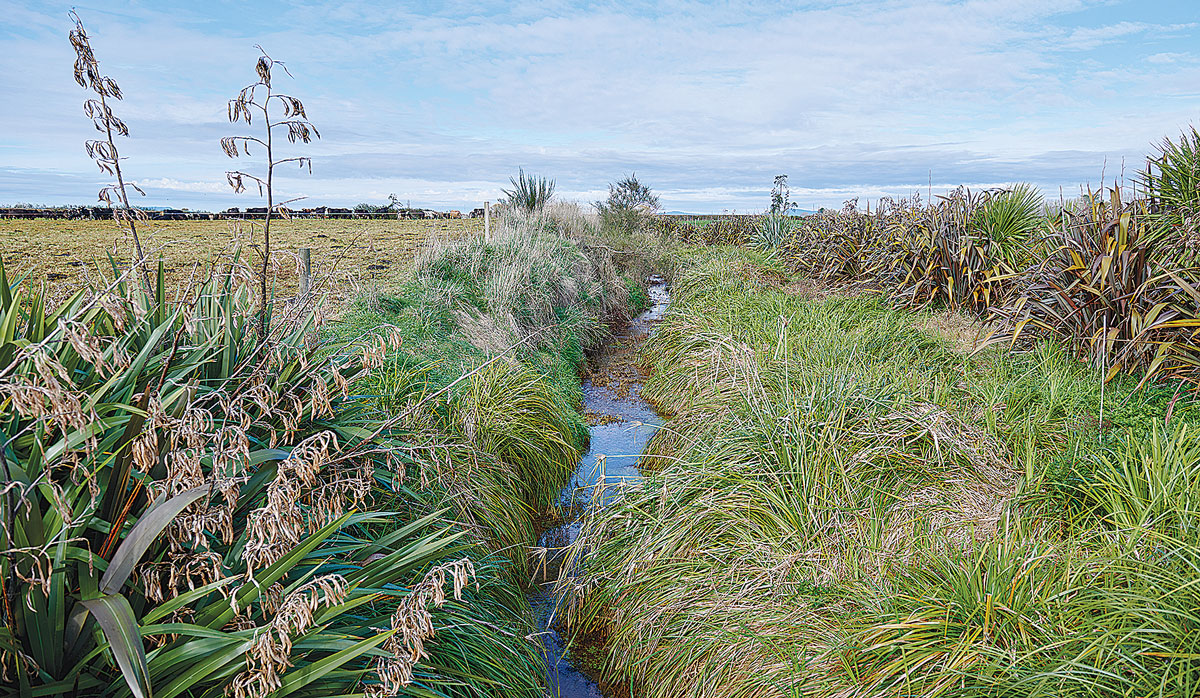 |
|---|
|
Established Carex/sedge riparian planting alongside native flax.
|
“Planting Carex is the simplest thing a farmer can do for your small waterways and streams. It’s easy, I don’t need the council here to clear sediment and weeds from these managed waterways – so that’s a saving for ratepayers. It’s also robust, and able to ‘lay down’ during a flood, so less likely to get ripped out and cause blockages,” says Johan van Ras.
But restoration and riparian planting isn’t something landowners need to do alone. There is considerable support available, through plants, funding, people power, and community expertise.
The key is getting involved and initiating action in your own patch.
DairyNZ-supported catchment groups are at the heart of habitat restoration efforts throughout the dairy farming regions of New Zealand. DairyNZ says they are one of the best opportunities to make progress on improving waterways and to add native biodiversity onto farm, which deliver co-benefits for people and the land.
“Catchment groups offer a platform for sharing knowledge, connecting people with common values, adopting good management practices, addressing water management challenges and helping communities enhance their environments.”





